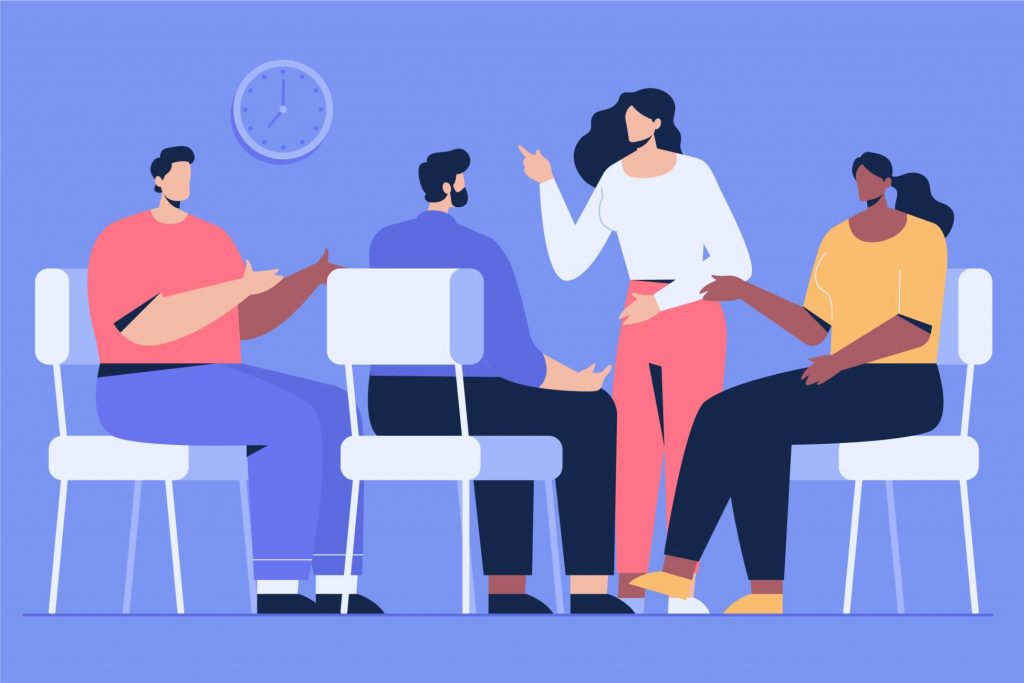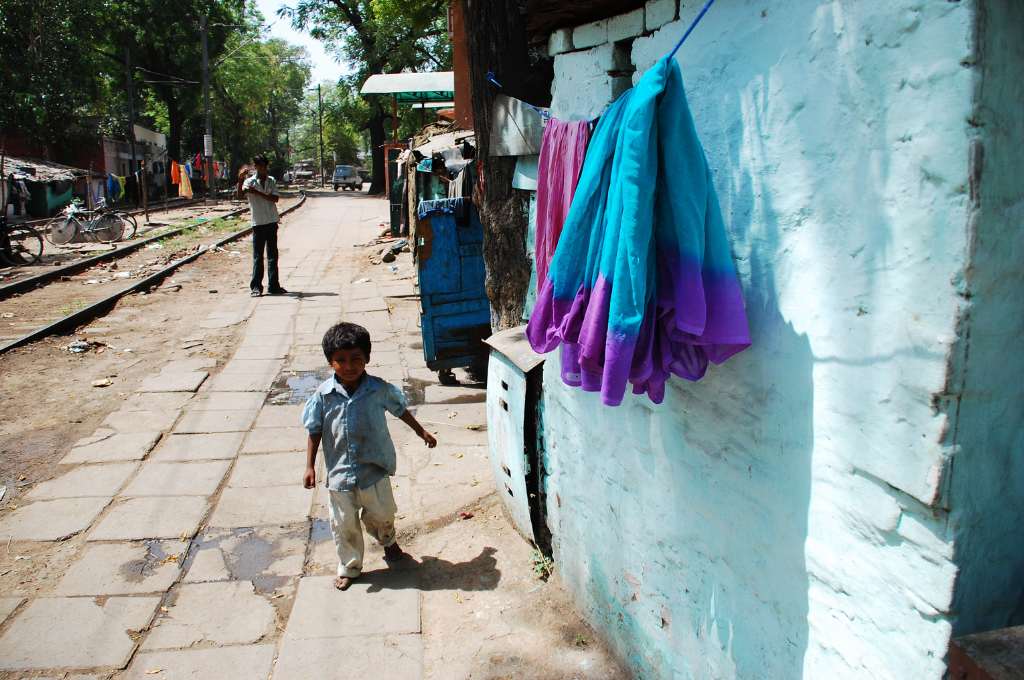The history of mental healthcare is closely intertwined with human rights violations, incarceration, and a lack of patient-centred approaches. A ‘community-centric’ approach has often been offered as an alternative to this, but what does that really mean in the context of mental healthcare?
Tracing the heritage of mental health
The history of modern psychiatry and psychology is firmly rooted in spaces called ‘asylums’, or mental hospitals. The idea of earmarking space for the containment of distress saw institutions providing treatment or incarceration of those deemed ‘insane’ or unmanageable by their families, in an attempt to protect social order. However, since the definitions of ‘normal’, ‘abnormal’, and ‘insane’ were based on existing social norms, those sent to asylums often included the poor, sex workers, unmarried pregnant women, dissenters, people with physical disabilities or epilepsy, and those deemed immoral.
The underlying concept of asylums was of separate spaces for persons not conforming to societal standards of behaviour.
This confinement, and thereby silencing, of individuals in asylums, was often used as a social disciplining tool. Such spaces were not run by trained doctors or experts, but largely by priests, physicians, and even entrepreneurs. Custody often meant violent restraint with chains, straitjackets, and other forms of coercion, to prevent ‘antisocial behaviour’, or self-harm. The underlying concept was of separate spaces to ‘cure’ persons not conforming to societal standards of behaviour, including non-participation in the economy.
With this, we saw the advent of an alternative approach. ‘Moral treatment’ in the 19th century advocated that patients would benefit from being treated humanely and like ‘regular people’. Patients were expected to follow social norms, eat and talk politely, and perform basic tasks, and restraining methods and physical punishment were relied on less widely.
The shift to community mental health
In the 1950s, ideas around deinstitutionalisation began to gain popularity. Facilitated by lower government budgets, the rise of psychopharmacology, and protests against human rights abuses, asylums were slowly replaced by community mental health.
Community mental health is a decentralised system of mental healthcare. When envisioned, it was based on the premise that those who required psychiatric treatment would enjoy a higher quality of life and have better chances of recovery if they were treated in their own communities. Ideally, it is an accessible and responsive local framework, based in a variety of community settings that use referrals to link users to a range of social services.
Coinciding with activism from user-survivors,1 this community care narrative rings with notes of liberation, human rights, and ethical user-centred care. However, many lived experiences of community mental health testify to certain critical gaps.

1. A vague definition of ‘community’
Today, our notions of ‘community’ are themselves vague. Is community something that is found in public spaces? Families? Neighbourhoods? Workspaces?
As practised, community mental health is reflected mainly in daycare centres, community clinics or services, and health workers. Actual social support networks that allow users to access employment opportunities, housing, physical healthcare, or even caregiver support are often missing. Years of exclusion and stigma, with mental illness popularly associated with violence and danger, means that living within mainstream communities has, for many, been difficult. For example, while the public perception is that persons with mental illness perpetuate violent crimes, research shows they are more likely to be victims of such crimes.
Community or public spaces can, then, be hostile environments, perpetuating violence, discrimination, and stigma. The legacy of marking, removing, and confining those who disrupt social norms means that expressing distress, or one’s gender, class, or non-conforming behaviour may lead to exclusion from public transport, workspaces, or neighbourhoods. Public spaces can prove especially hard to negotiate for those who transgress as a result of their gender, sexuality, or other marginalisations—which often have a domino effect on the transgressor’s access to education, employment, and healthcare services.
Take, for example, public spaces that are segregated on the basis of gender (such as public toilets and reserved seats on public transport). Gender-segregated spaces are especially difficult for trans or gender non-conforming persons to occupy, and often result in them facing discrimination or violence. Similarly, public spaces often cater to upper caste bodies. This then influences community care settings—when, for example, we see segregation in seating arrangements for Dalits in self-help groups.
2. A lack of resources
There is a lack of spaces that specialise in a range of mental health interventions. This, combined with limited public mental health services, funding, welfare schemes, as well as a lack of linkages to livelihood and housing reinforce a cycle of deprivation. The poor are significantly more likely to experience mental health problems, and conversely, those with mental health problems are more likely to slide into poverty. Combined with the carceral justice system, this has resulted in many persons with mental illness being homeless, or in jail. Inclusion of persons with mental illness as a vulnerable group who require development assistance is therefore essential.
Mental healthcare for all
We must be cautious not to replicate, in community spaces, the old, top-down, biomedical approaches and power hierarchies of the asylum. Here’s a few ways in which we can do so.
1. Centre the individual and their narrative
Mental healthcare is often a combination of diagnosis and prescription, while an individual’s own understanding of their distress is sidelined. Often these solutions are not just biomedical and prescriptive; they remove the human element of mental health entirely—that mental health (or illness, or distress) is experienced by a person, and that their unique location is the lens through which they experience the world. A lot of mental health discourse is top-down, expert-led, and talks about people and communities without their involvement or input.
For example, diagnosing a queer person with anxiety without taking into consideration their particular experience of structural marginalisation is reductive, and a band-aid on a larger systemic problem. Centering the person’s narrative would allow us to engage with and challenge a society that is queerphobic, while understanding the ways in which heteronormativity operationalises as privilege for cishet people, at the cost of others.
2. Look beyond physical spaces as sites for care
An online support group for people with disabilities is, for instance, an abstract space—a possible alternative to a physical space with limited accessibility. Art therapy, to use another example, is abstract in that it often exists outside both designated clinical spaces and mainstream biomedical practice. Peer support networks are abstract spaces too, because they use identity as a location of community.
Spaces such as an online support group can challenge the linear, ableist, and sometimes carceral approaches to mental healthcare.
Such spaces can challenge the linear, ableist, and sometimes carceral approaches to mental healthcare. They can counter the belief that an officially designated and controlled space is necessary to provide support and care.
3. Move away from a recovery-focused approach
In the mainstream sphere, for mental illness/distress that is either chronic, lifelong, or recurring, the approach typically consists of three steps: Diagnosis, prognosis, and intervention. As such, the intervention is meant to correct an inherent deficit or ‘abnormality’ thereby leading to ‘recovery’. There is no conception of what mental healthcare might mean outside of these rigid parameters. To move away from this approach, we would have to look at mental health as a series of practices, associations, coalitions, support networks, and systems that collectively contribute to a person’s well-being. Doing so would also create room for an individual seeking care to express what they see as ideal outcomes for themselves and make decisions about what kind of support best suits their needs.
4. Recognise identity as a factor for mental distress
Being cognisant of different identities is critical to understanding where and how communities come together. Several community-based civil rights movements come from shared identity spaces, often with shared lived experiences and marginalisations. Given this, we need to acknowledge identity as a site where distress and conflict can occur (be it due to lack of resources, discrimination, or historical disenfranchisement). We also need to look at these sites of identity as spaces where individuals seek solidarity, form support networks, engage in advocacy, and share dissent.
Whether persons come from queer/trans identities, marginalised caste or religious identities, or communities formed through shared experiences of chronic illness or disability, these identities sharply reveal how broader power equations may affect mental health, well-being, and access to mental health resources. In addition, perceiving mental health and distress in terms of privilege and oppression helps challenge existing channels of support, to examine how some people have less access than others.
While the idea of community mental health may lead to closure of asylums—the heritage and legacy of these institutions are still often carried forward. Because public spaces, institutions, communities, and families will continue to reinforce discrimination and violence based on caste, class, gender, sexuality, ability, or religion, we need to challenge the one-dimensional idea of community and redefine care.
—
Footnotes:
- The ‘service user/survivor movement’ is a term used to describe the existence of numerous individuals who speak out for their own rights and those of others, and local groups and national organisations set up to provide mutual support or to promote the rights of current and former mental health service users to have a voice.
—
Know more
- Explore ReFrame, a journal on mental healthcare, and the chapter this article is based on—Clinical Legacies and Counter-Narratives.
- Watch mental health care advocate Dr Vikram Patel make the case for community mental healthcare through his TED talk.
- Read about the politics of mental health to better understand how issues such as casteism or patriarchy affect mental well-being.





